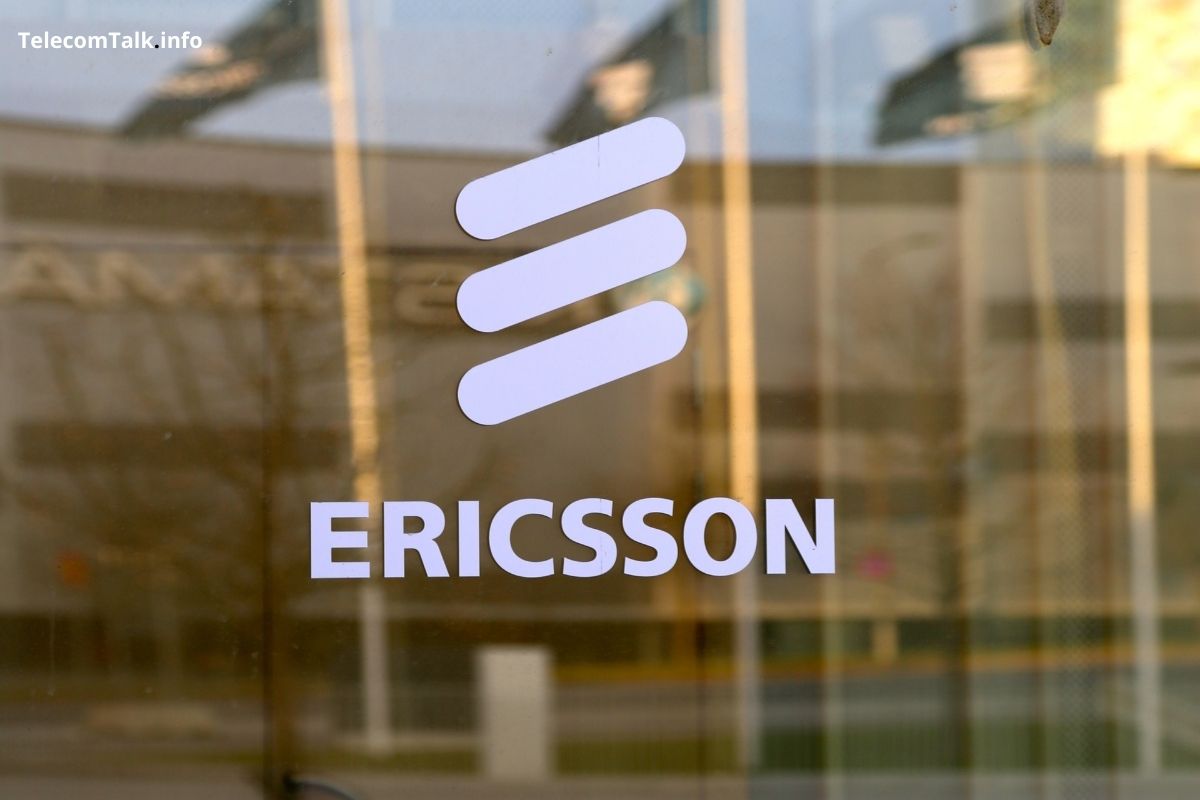The University of Texas (UT) at Austin and Ericsson are working together on earth-augmented realism work that will be driven by 6G. The update reaffirms the company’s desire to lay the groundwork for the next smooth and comprehensive XR (extended realities) experiences, even in the most difficult use scenarios.
The First Broad 6G Installations Are Planned To Use XR Technology
As the first widespread 6G deployments happen around 2030, the Swedish supplier predicted that XR technology would lead to a paradigm change in how users interact between the cyber and actual worlds, acting as a key enabler of both fully digital metaverses and the embedding of a virtual layer within the physical sphere. Three internationally renowned professors from UT Austin are heading the cross-disciplinary team conducting the study, and they are working alongside Ericsson’s own specialists in the field. Earlier in 2022, Ericsson became a Level-1 member of the 6G@UT research facility at UT. With an announced three-year partnership concentrating on XR streaming, sensing, and communication designs, it is elevating its commitment to Level-IV participation today. In the 6G 2030 timespan, XR is viewed as having a significant amount of potential to enable a variety of highly creative utilisation, particularly those that draw on environment protection and can be executed in outdoor areas, reinforcing the need for consistently low latency and accurate spatial charting. Eric Wang, project research leader at Ericsson, said: “XR is already here but has a huge potential to go even further with the eventual arrival of 6G. Ericsson wants to ensure users have the best XR experience even as the number of connected devices and demands of the applications increase. This project addresses that paradigm shift, putting latency front and center so it keeps up with changing demands, as data-intensive uses like holographic communication become more common.” The study focused on the difficulty of producing sensory optimal streaming to XR devices while also maintaining bounded delay and equally maximising spectral efficiency and capacity both indoors and outside. The goal of the project is to provide tools that can be used to expand XR application cases for the 6G wave. Leading professionals in applications (media encoding and streaming), sensing, and interaction are members of the interdisciplinary research group. Jeff Andrews, director of the 6G@UT, said: “Imagine two different people in two different geographic locations, both seamlessly walking together through a virtual third location, exploring it without any disruption. That’s the vision.” In a related story, Ericsson announced that it would assume the position of technical manager for the Hexa-X-II, the second stage of the 6G major program of the European Commission. With the creation of the pre-standardized platform and system view that will serve as the foundation for numerous contributions to future 6G standardisation, this new period will increase the number of Hexa-X partners to 44 organisations. “For this vision to materialize, we need to combine the best of research across industry and academia into a system view. With Hexa-X we have set a foundation for European 6G leadership. We are proud to continue as technical lead in Hexa-X-II and together with the strong consortium of partners form a pre-standardization base for the 6G network platform that can best address our societal challenges ahead,” said Magnus Frodigh, VP and head of Ericsson Research.
